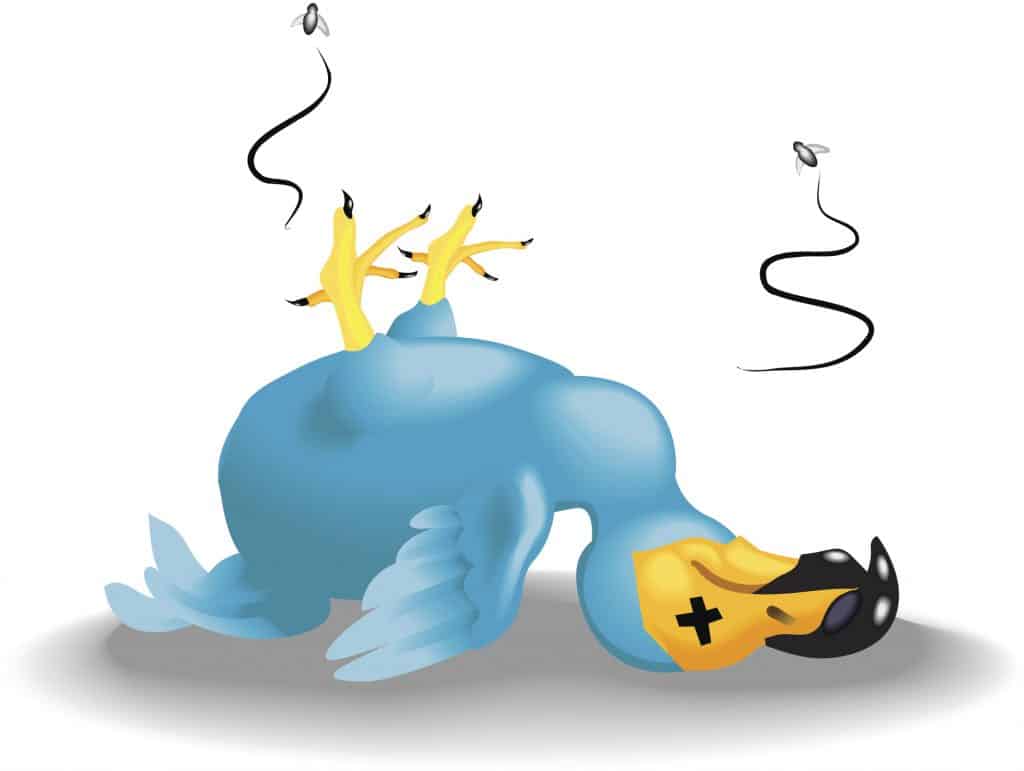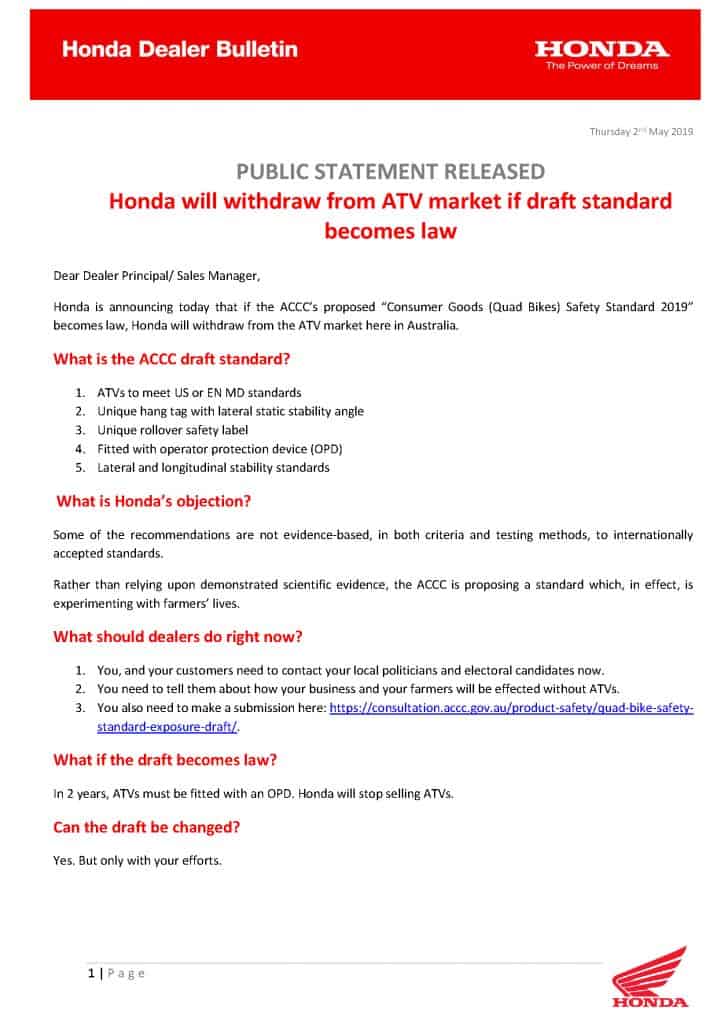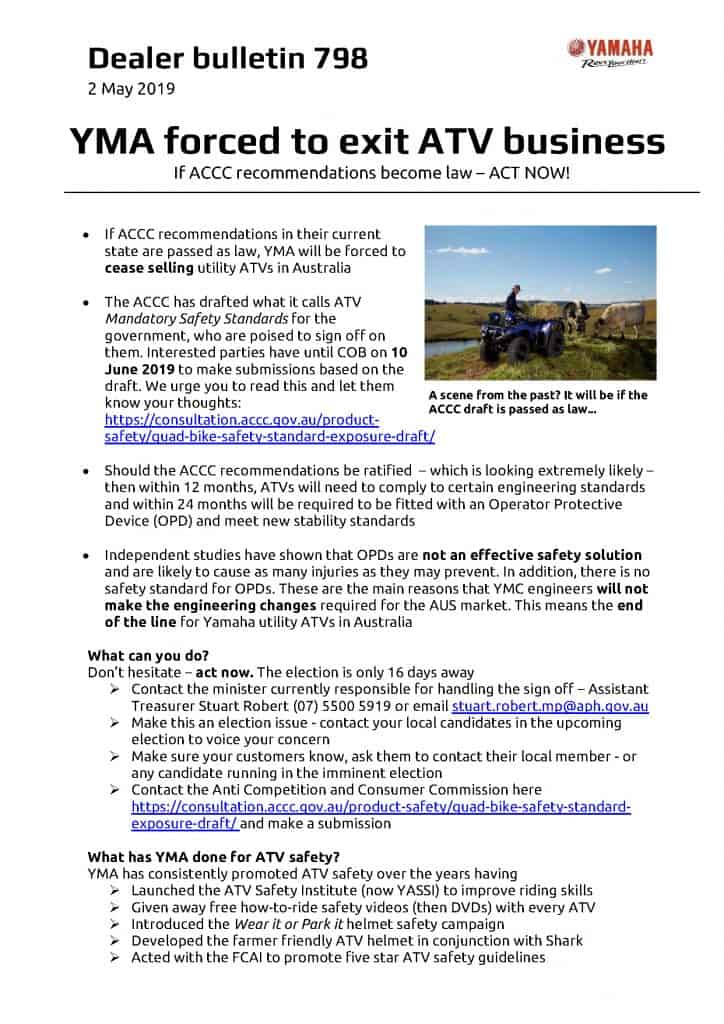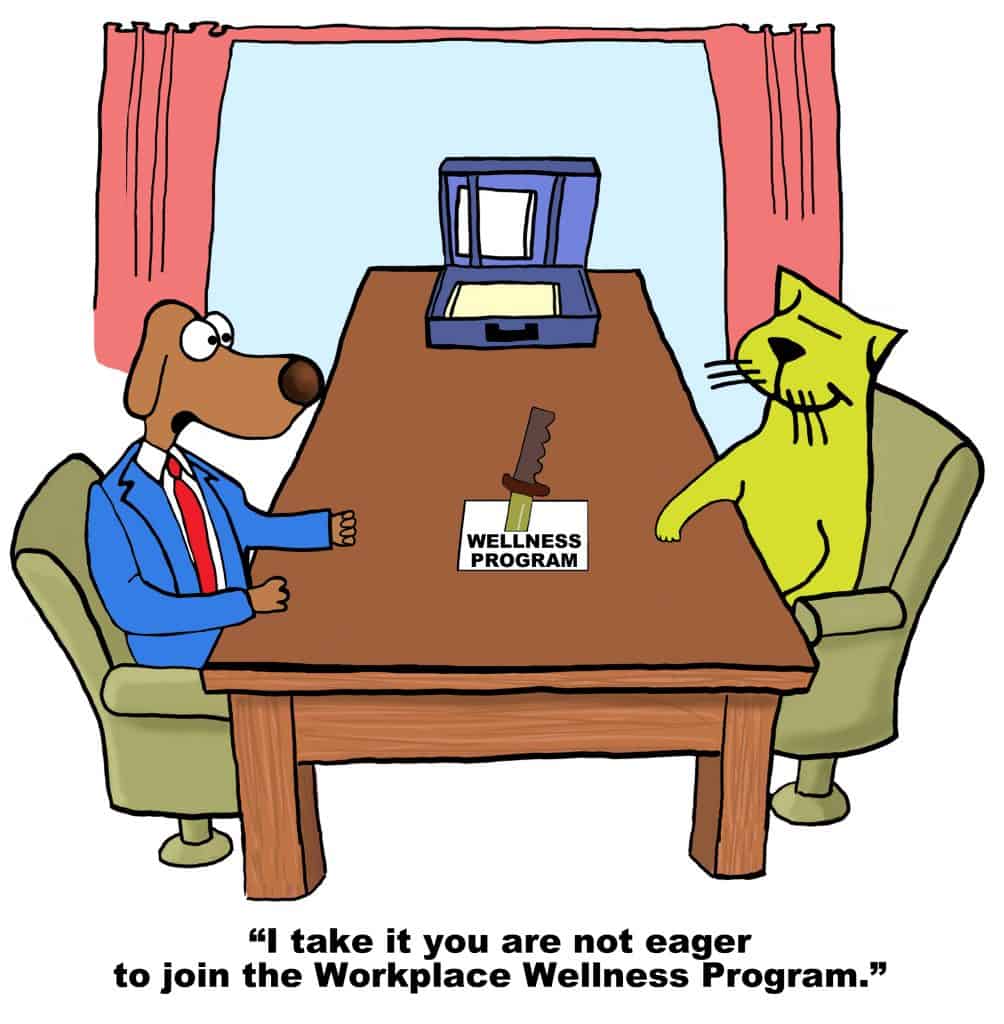
The Victorian Government’s inquiry into the on-demand, or gig, economy has released 100 of its public submissions. Occupational health and safety (OHS) is a second-order consideration in the structure and regulation of this evolving work sector in a similar way to how OHS was considered in the inquiries into Labour Hire, but it is still there and several of the Victorian inquiry submissions mention it. Sadly, not always in a helpful way.






